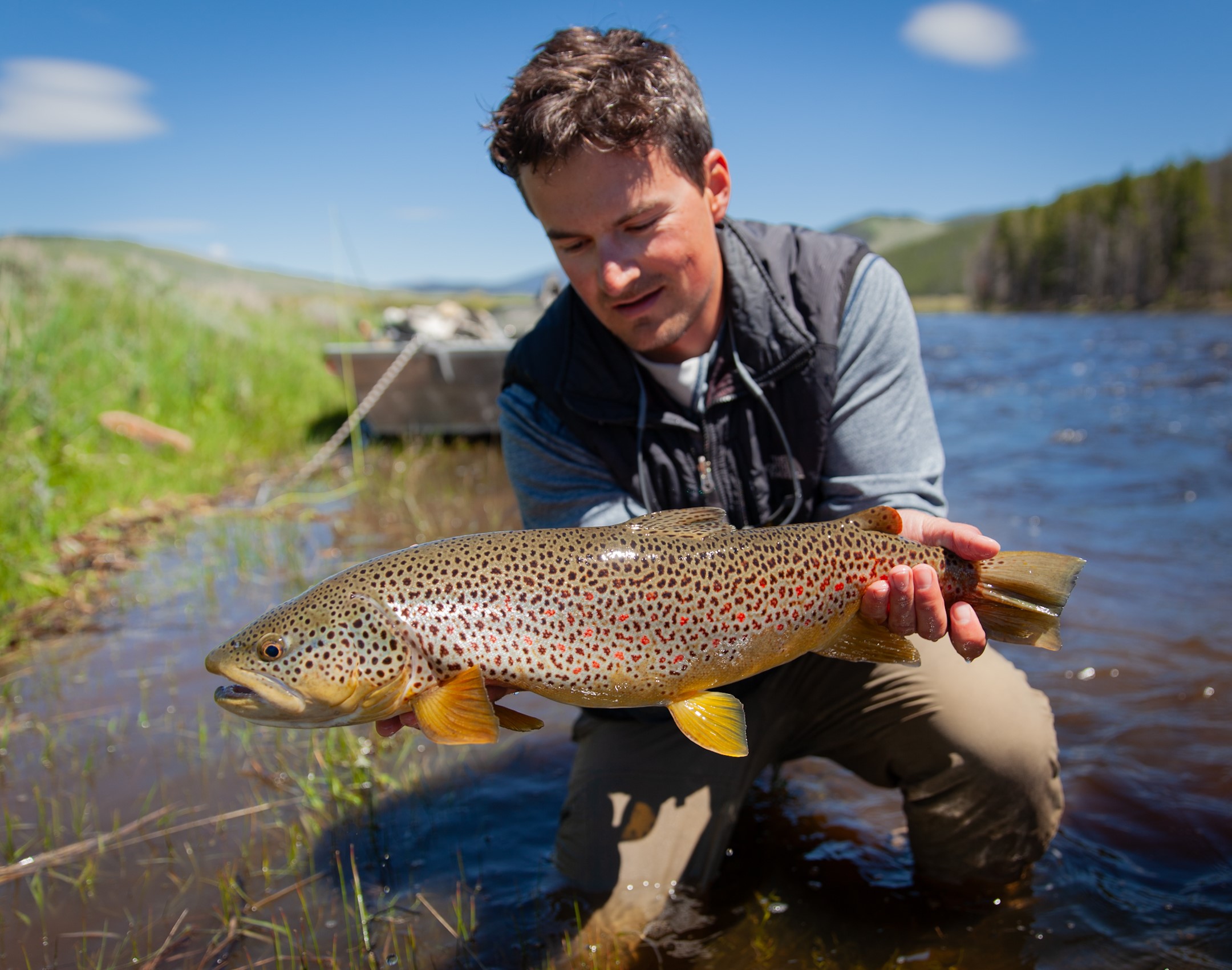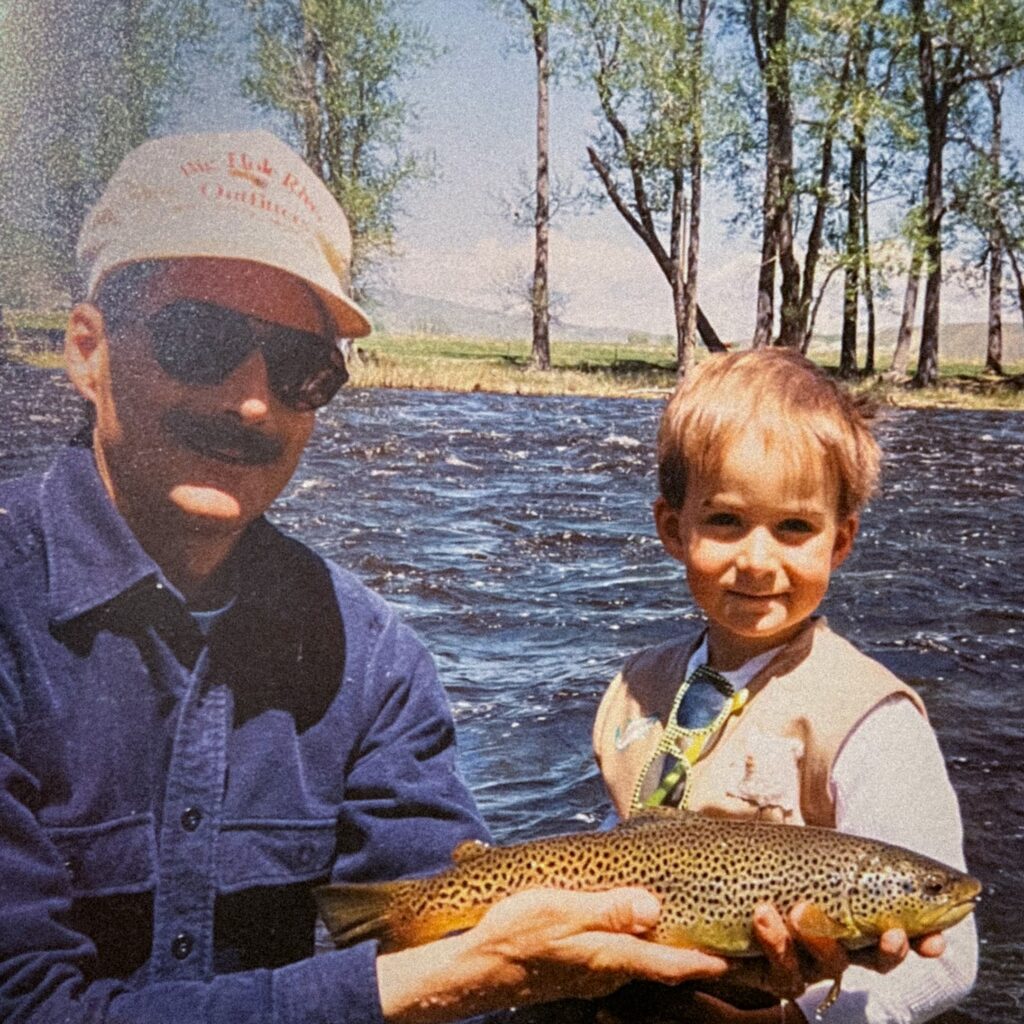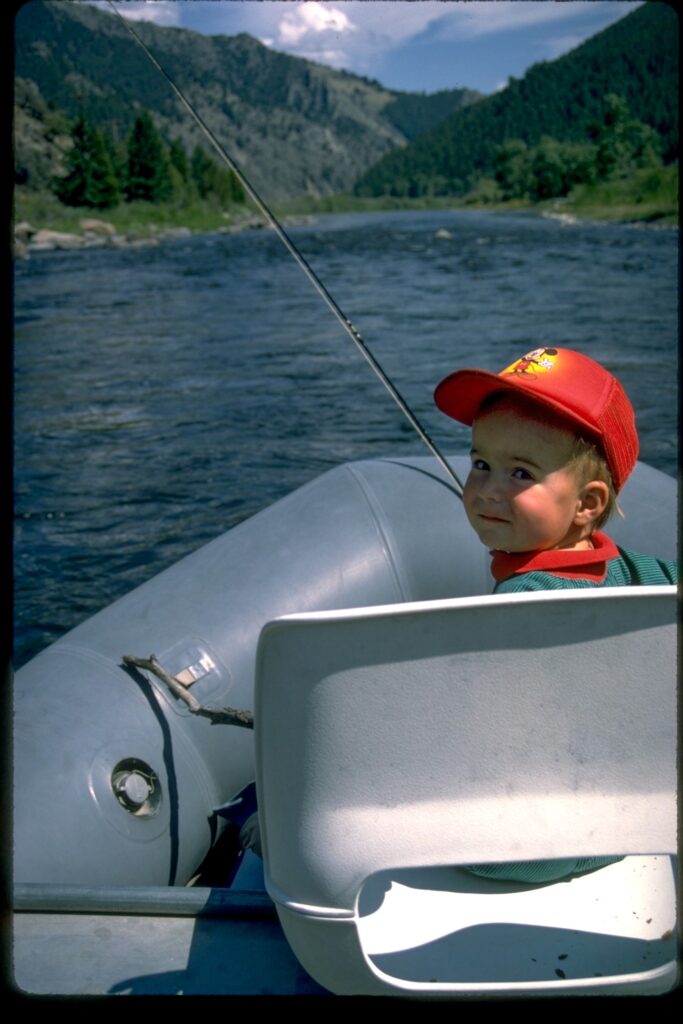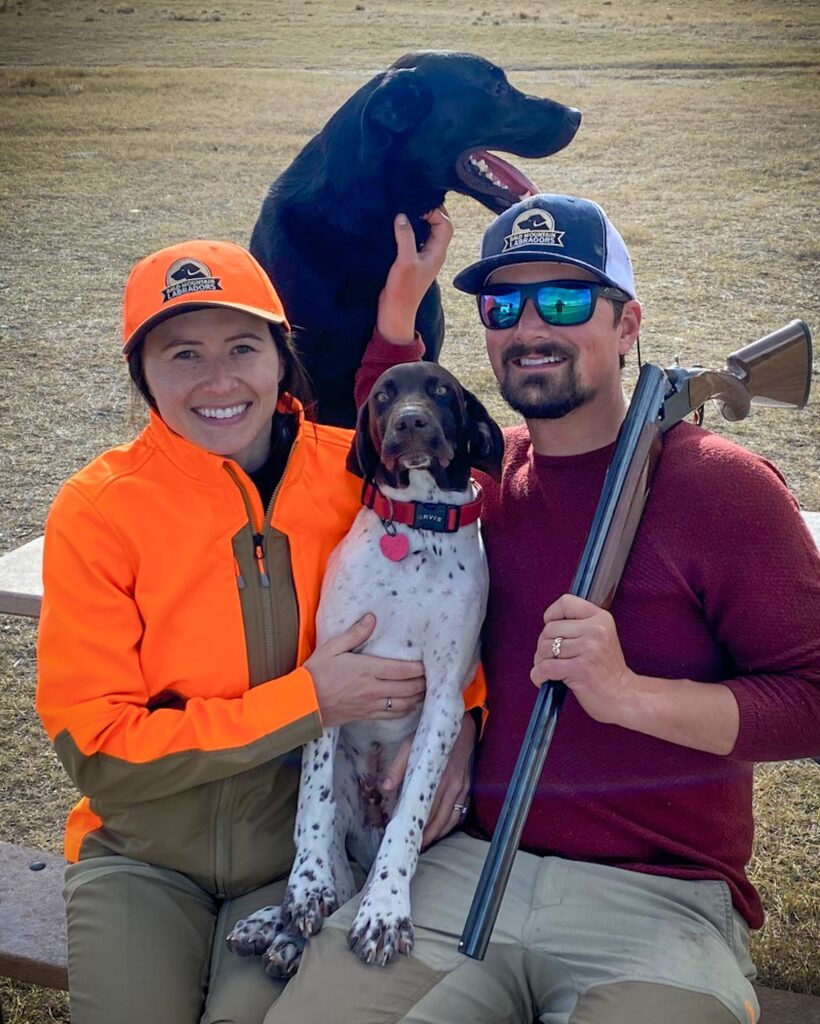Final plan creates consistency between federal and state jurisdictions for oil and gas development within high priority big game habitat, sets the table to reduce impacts from renewable energy and recreation development
Today, the Colorado Bureau of Land Management published its Proposed Final Resource Management Plan Amendment for Big Game Habitat Conservation that aligns oil and gas management with State of Colorado big game conservation policies. Colorado BLM manages 8.3 million acres of land for multiple uses, such as oil and gas development, renewable energy development, ranching, and recreation opportunities such as hunting, fishing, camping, rafting, and hiking. A significant portion of these lands – approximately 6.3 million acres– is also high priority habitat for Colorado’s elk, mule deer, pronghorn, and bighorn sheep populations.
“Consistency between federal and state oil and gas regulators is good business, and it’s good policy,” said Madeleine West, director of the Center for Public Lands with the Theodore Roosevelt Conservation Partnership. “The BLM’s programmatic approach to state-wide planning has proved an efficient and effective way to align with state regulation to conserve Colorado’s iconic big game species and other wildlife. The BLM is on the right track with this plan, and we encourage them to similarly consider conservation of big game in their future management decisions beyond oil and gas.”
“As ungulate herds face daunting challenges from an array of uses on Colorado’s public lands, it is vital that BLM take these additional management actions to address oil and gas siting and development and lessen the pace of fragmentation to crucial habitats,” said Suzanne O’Neill, Executive Director of the Colorado Wildlife Federation.
“Providing safeguards for crucial big game habitat by creating continuity and clarity between how the state of Colorado and the BLM manage these areas makes sense on numerous levels,” said Aaron Kindle, director of sporting advocacy at the National Wildlife Federation. “It is a welcome outcome that took years of hard work by sporting conservation partners and the agencies. We look forward to seeing improved outcomes for big game herds in Colorado.”
The State of Colorado has prioritized intact habitat and migration corridor conservation for many years, including through Governor Polis’s Executive Order D 2019 011 “Conserving Colorado’s Big Game Winter Range and Migration Corridors” and through promulgation of new guidelines at the Colorado Energy and Carbon Management Commission in 2020. The ECMC protocols established clearer expectations for development of oil and gas resources in the most sensitive wildlife habitats in Colorado.
The proposed final plan would amend management plans for 12 field offices to set a density limitation for greater than one active oil and gas location per square mile in big game high priority habitat and would require operators to develop and implement mitigation plans to minimize and offset direct, indirect, and cumulative adverse impacts. Through this plan, Colorado BLM is taking an important step to safeguard sensitive habitats critical to the long-term success of big game species, as well as other wildlife that utilize those habitats.
Prior to completion of this planning effort, companies that sought to develop oil and gas resources on federal land in Colorado had to follow federal leasing and permitting processes that could differ from one BLM-managed area to the next and from state permitting requirements administered by the ECMC.
This planning effort is now a model for how the BLM, and other land managers, can efficiently update plans and policies to facilitate responsible management of multiple uses on our public lands that conserve important fish and wildlife resources. The BLM is currently updating the 2012 Western Solar Plan to accommodate new science and technological advances across 11 Western states, including Colorado. Hunter, angler, and conservation organizations have called on the BLM to take a similar approach to ensure development impacts do not occur in the most sensitive big game habitat. The BLM’s proposed final Western Solar Plan revision is expected to be published this summer.
Similarly, the BLM is grappling with increased demand for recreation opportunities on the lands they manage. A 2020 report from Colorado Parks and Wildlife listed poorly-sited recreation infrastructure, such as trails for hiking and biking, as having the potential to fragment important big game habitats if not managed properly. In 2022, the TRCP released an analysis showing that 40% of Colorado’s most sensitive elk habitat is already impacted by recreational trails. Colorado’s Guide to Planning Trails with Wildlife in Mind offers science-based recommendations for advancing recreational trail opportunities while maintaining viable wildlife habitat. The BLM has the opportunity to implement these State recommendations to reduce impacts to big game from new recreation infrastructure. Just last month, the U.S. Forest Service applied many of these management principles across 823,000 acres in the final Grand Mesa, Uncompahgre, and Gunnison National Forests Plan.
Today’s announcement opens a 30-day protest period prior to the BLM signing a Record of Decision to finalize the plan.
Photo Credit: Larry Lamsa
The TRCP is your resource for all things conservation. In our weekly Roosevelt Report, you’ll receive the latest news on emerging habitat threats, legislation and proposals on the move, public land access solutions we’re spearheading, and opportunities for hunters and anglers to take action. Sign up now.









